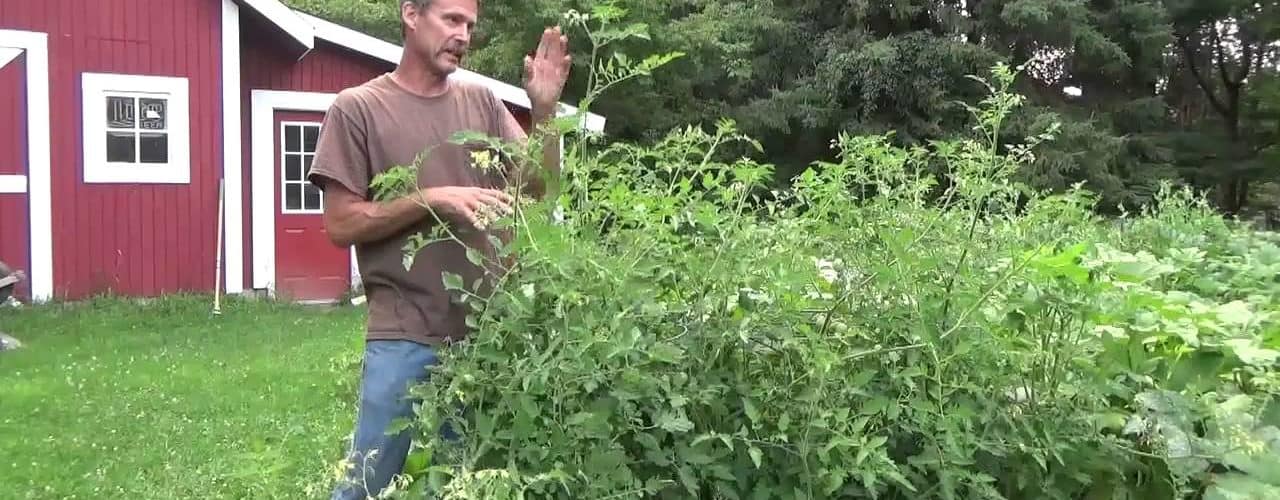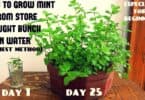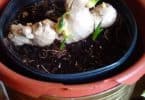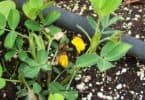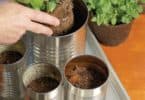You’ve done it all right, up to this point. The soil is beautifully prepared and fertilized. You’ve picked the perfect tomato plants. You’ve planted them the requisite 2 feet apart or placed them correctly in containers. The stakes or cages are in place to keep the tomatoes from touching the ground. How you water is even more important then all of this preparation. Don’t waste all you’ve done, so far, by watering the plants improperly or inadequately.
Contents
How much to water:
How much water do tomato plants need? Consistency is the key. Tomatoes are made of mostly of water and given a chance to dry out results in smaller, lower quality fruit. If your plants are in a traditional garden, for optimum results, the water should reach down through 6 to 8 inches of soil, weekly. A good mulch of straw will help conserve the water and help to keep the tomato plants evenly moist.
When to water:
The best time of day to water isn’t set in stone, but many master gardeners consider the early morning the optimal time. The soil is beginning to warm up and blight and rot are less likely to set in because water isn’t sitting on the leaves or the roots as long as when the soil is cooling down.
Best method to use when watering:
Tomatoes require a constant supply of water, but should not be over-watered. It is important to keep the soil consistently moist, but not soggy wet. A drip method or a soaker hose is perfect because either waters at the ground level, slowly. This allows the water to go deeper. Using this method and plenty of mulch, a once a week watering should be adequate. A traditional sprinkler that waters from the above isn’t advantageous because it encourages blight to grow on the plant.
It’s fairly easy and inexpensive to make your own drip irrigation system. You can find instructions here: Build Drip Irrigation System. Even easier, a hose with holes evenly spaced can be used to allow a slow drip along side the tomato plants. Just turn the water to a trickle and leave on until the water is soaked into the soil 6 to 8 inches.
Container gardens:
Tomato plants can be grown well in containers, if properly cared for. When watering, the soil in the container should be kept consistently moist with a mild fertilizer added occasionally. Don’t over-water or over-feed. If you start with a good quality potting soil, you won’t need to feed until the plant begins to fruit. Mulching helps your container plants, as well as the plants in the garden. They won’t dry out nearly as quickly.
Bag gardens:
Another, not so well known method that works well for tomato plants, is called bag gardening. This is exactly what it says. You’re plants are grown in potting soil, still in the bag. This was originally used to make the most of greenhouse space, but works well as a container for most shallow root plants such as tomatoes, peppers and even salad vegetables. The same rules for watering apply here, as well. The soil should be kept evenly moist and never left to dry out. If you want to try bag gardening, here is a place to start: Bag Gardening.
Enjoy the fruits of your labors:
So, how much water do tomato plants need? Don’t make it difficult. Tomatoes are easy to grow. Just remember to keep the water levels consistent. Don’t drown the plant. Don’t over-feed the plant. Have fun growing your tomatoes and enjoy eating them.
<>

